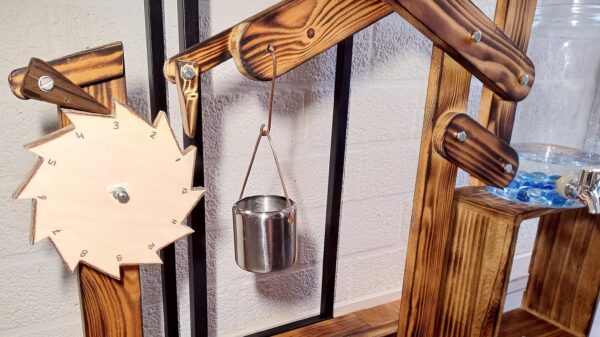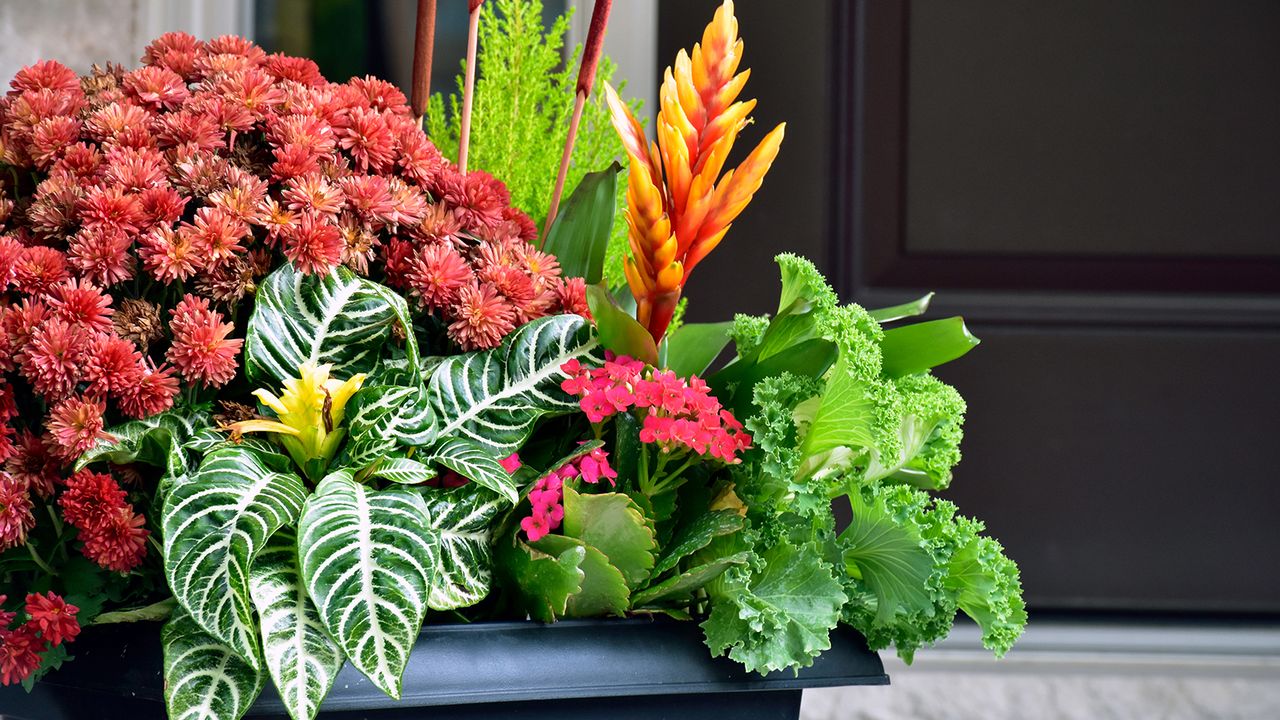As autumn settles in, Joanna Gaines, the renowned interior designer and host of *Fixer Upper*, shares her expert tips for creating beautiful fall planters. Featured in the fall issue of The Magnolia Journal, Gaines emphasizes a straightforward planting method built around the concepts of “thrillers, fillers, and spillers.” This approach, favored by professional gardeners, offers a visually appealing way to enhance outdoor spaces even as the summer sun fades.
Gaines outlines her planting technique, which involves selecting three types of plants to achieve a balanced and attractive arrangement. The “thrillers” serve as focal points, the “fillers” provide volume and texture, and the “spillers” add a cascading effect. By combining plants of varying heights, colors, and textures, gardeners can create an eye-catching display that brings life to any setting.
Understanding the Planting Method
The method is straightforward and easy to remember. According to Dobbies Garden Centre, the goal is to choose plants that differ in height, which adds depth and interest to a planter. Gaines describes the thrillers as “upright focal points,” the fillers as those that create a “lush understory,” and the spillers as plants that “trail off the pot.”
To achieve the desired effect, begin by selecting a tall plant for the center. This could be a striking grass or a flowering plant that adds both color and architectural interest. Next, choose mid-height fillers that contrast with the thriller in terms of texture and color. Finally, opt for low-growing spillers that will drape over the edges of the planter, softening the overall appearance.
Selecting the Right Plants
When planning a fall display, Gaines suggests creating a mood board to visualize plant combinations and color palettes. “I’ll choose one or more colors to highlight in each planter, ensuring the grouping feels cohesive,” she states. For fall, she recommends rich hues such as deep purples and greens, featuring plants like the weeping redbud tree, loropetalum, Swedish ivy, and various ferns.
Among her favorite thriller plants are loropetalum, Eustacia, and coneflowers. Coleus makes an excellent filler, while potato vine works beautifully as a spiller. Gaines encourages gardeners to not shy away from density, recommending two to three of each variety per planter. “Don’t be afraid to cram them in,” she advises, noting that a fuller planter will have a more significant impact than a sparsely planted one.
As the plants grow and fill out, adjustments can be made by removing one or two if necessary. The key is to enjoy the process of selecting plants and experimenting with different combinations, learning what works best for future seasons.
For those eager to dive into container gardening this fall, Gaines’ approachable method offers a perfect blend of creativity and practicality. Whether enhancing a front porch or beautifying a garden shed, her tips are designed to inspire and empower individuals to transform their outdoor spaces into vibrant showcases of seasonal beauty.







































































